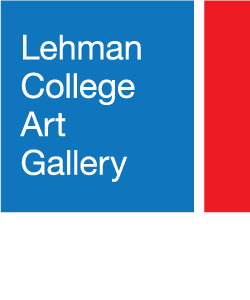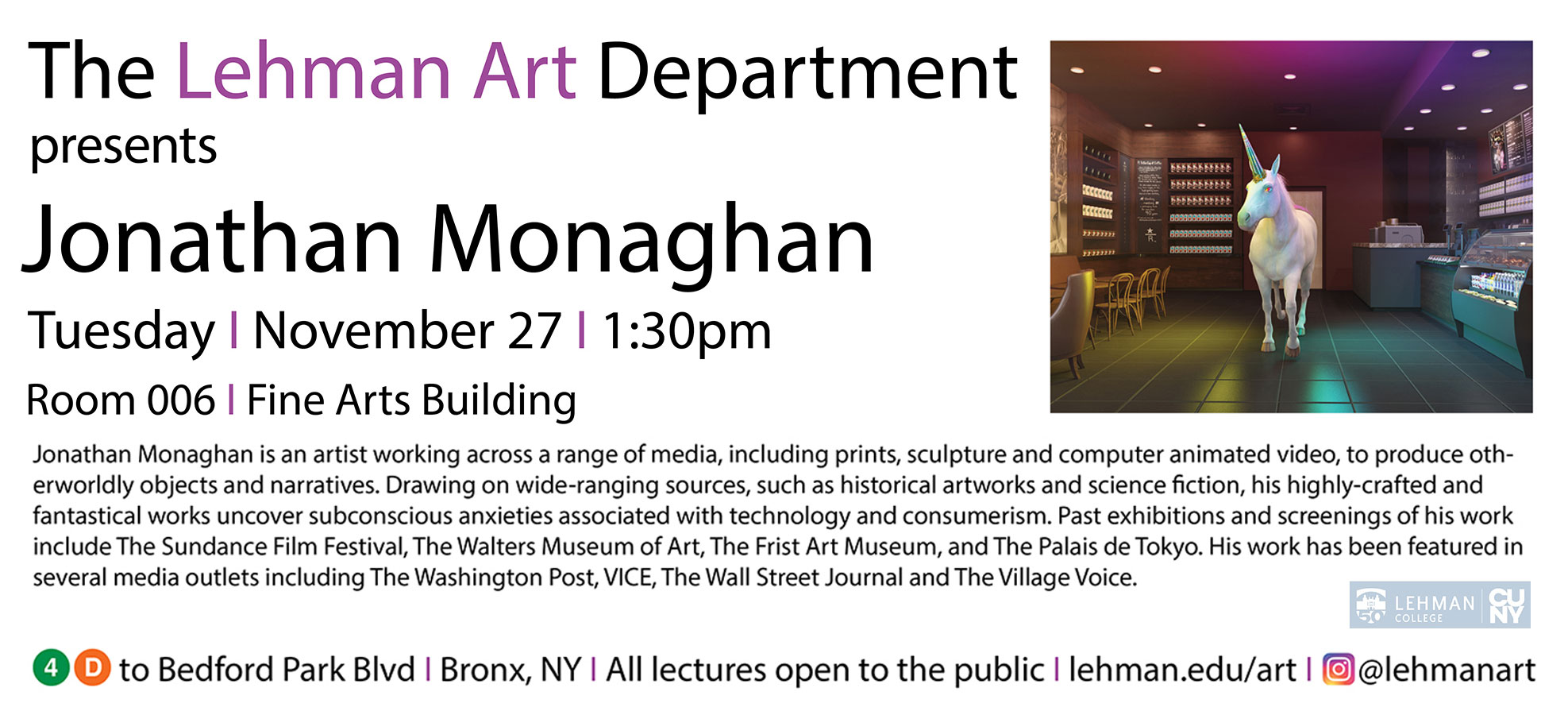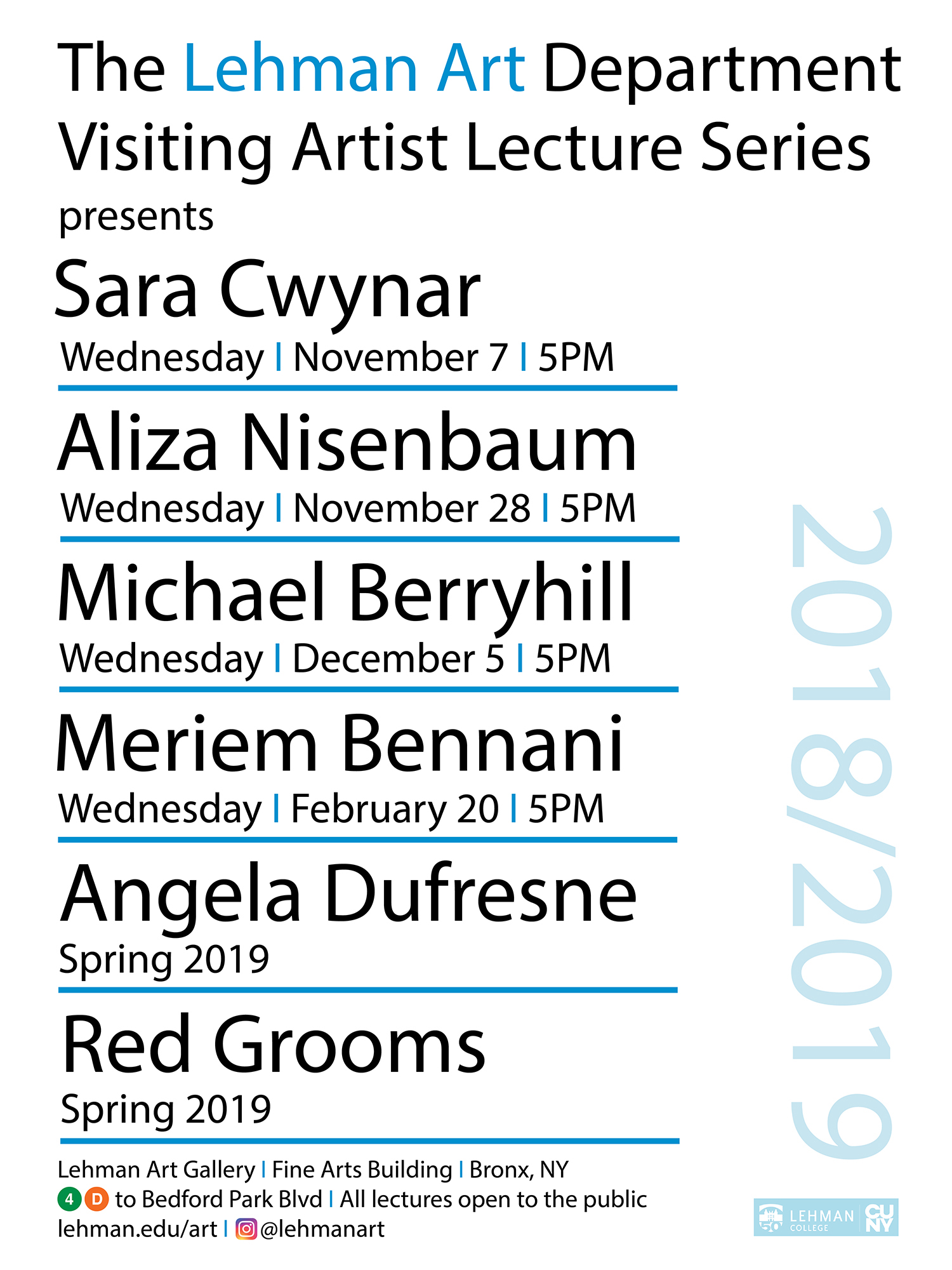Sculptures and Installation
Lehman College Art Gallery presents the work of Marisa Tellería-Diéz, curated by Patricia Cazorla. Born in Managua, Nicaragua, Marisa Tellería-Diéz moved with her family to Miami, Florida in 1978. Presently she lives and works in Brooklyn, NY. Tellería-Diéz is a contemporary artist whose esthetics evoke futuristic environments. Her work conveys a sensation of immensity and, at the same time, an intimacy that connects with an investigation of perception. The exhibition features a series of sculptural installations. These organic shapes that cover the walls and floor are about sensation, sight, and touch. They are inspired by the experience of light, sky, and water in places that she has lived -Managua, Miami, Washington D.C. and New York-. Tellería-Diéz opens up a contemplative space where things are understood through corporeality and by the intensity of their existence. The creation of indefinite openings and spaces provides a sense of timelessness and offers the viewer a place where one does not make meaning from the work but rather is accepting of the pure sensory perception.
Artist’s Statement
By distilling situations and events to elemental forms and attenuating the signs by which we readily register meaning, these works function as documents of quiet and fleeting moments of sensorial experience. They attempt to open up a contemplative space for the viewer in which the moment between observation and conceptualization can be suspended, if only briefly, and understood corporeally, unencumbered by immediate notions of meaning. Moreover, the references to my personal history inherent in some of these pieces, more than pointing to the biographical, seek to provide context for questions of visual perception. To explore how the interplay between self and place is constituted, and how the filters we accumulate as we move from place to place affect our perception of things.
I have presented details of skies and abstracted topographies of places where I have lived (and remain connected to) as a way to introduce context into the work—a sense of ‘place’ not only as a marker of identity but as a backdrop for visual perception. This comes from a desire to explore how the lenses accumulated as one moves from place to place filter one’s perception of things. A desire to understand the changes that take place in the mind and body between the first encounter with a place or image, subsequent recognition and the ensuing deterioration of that place or image through time and distance.


